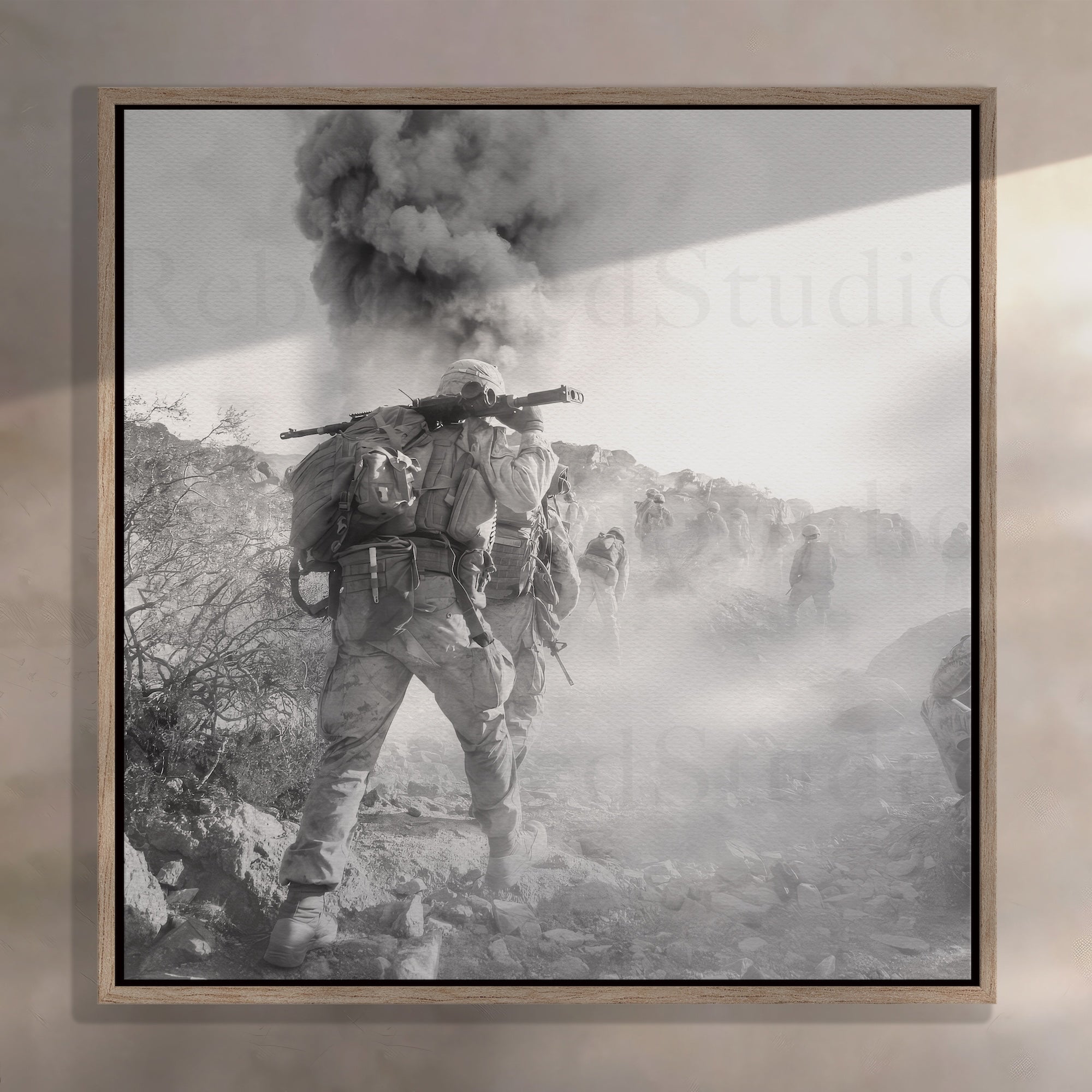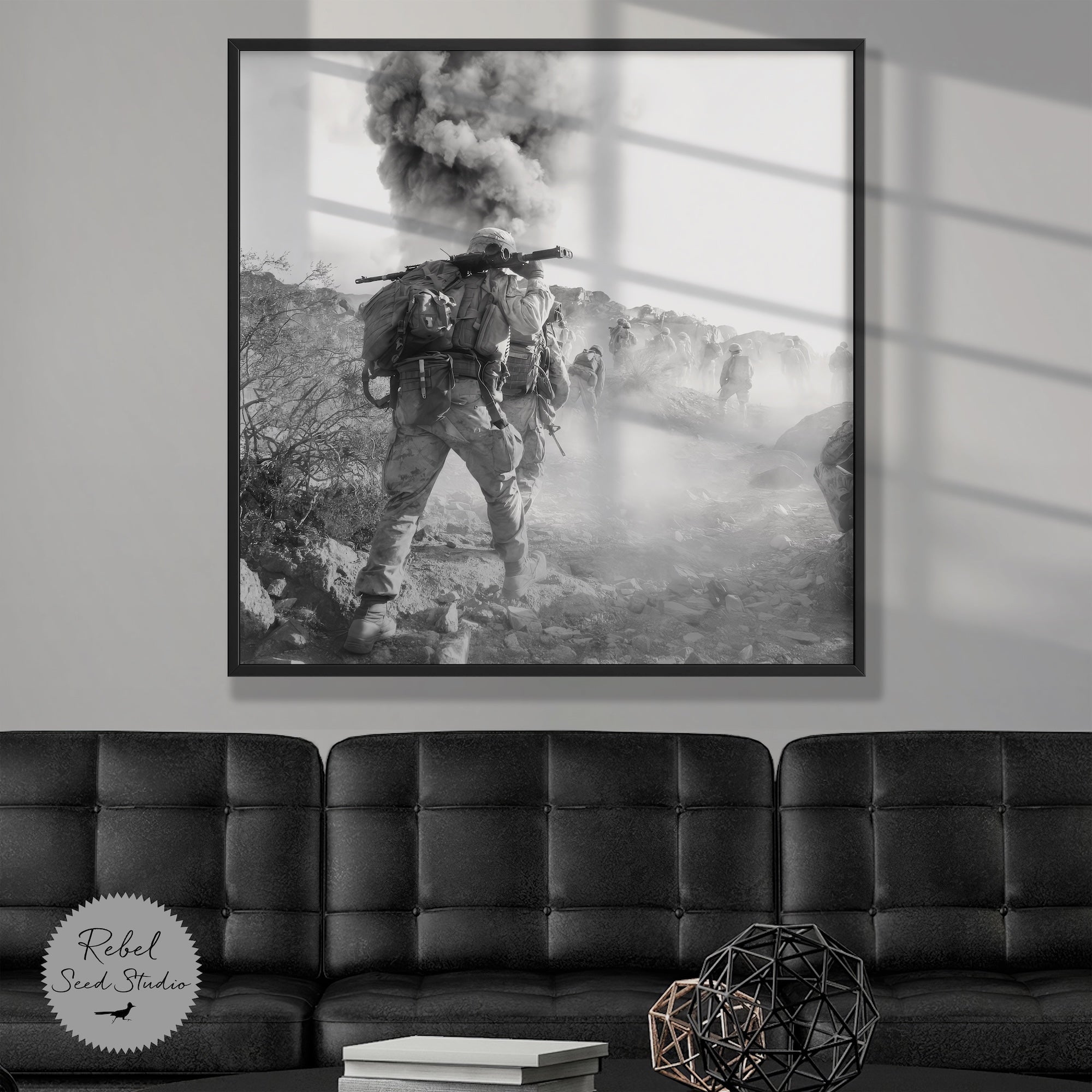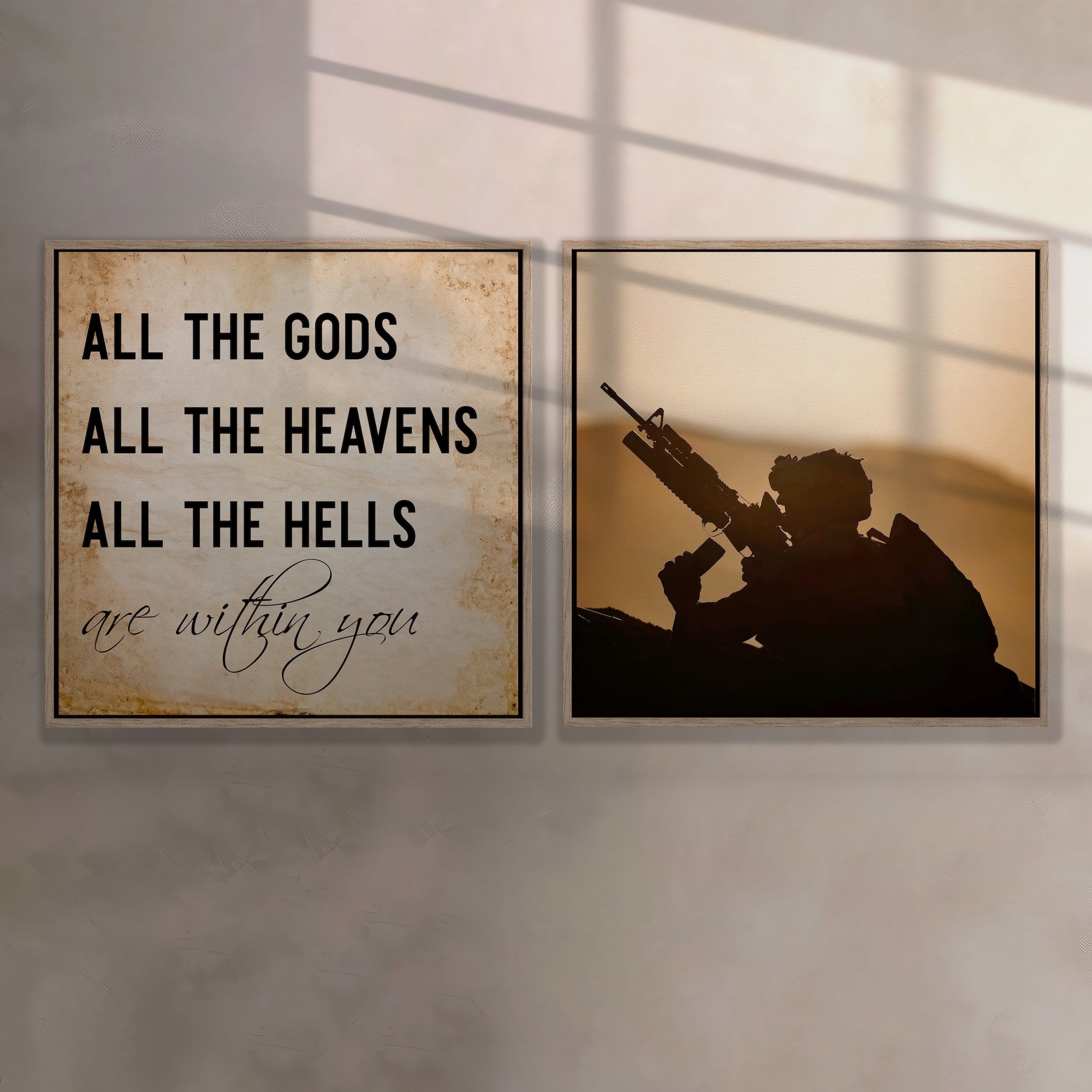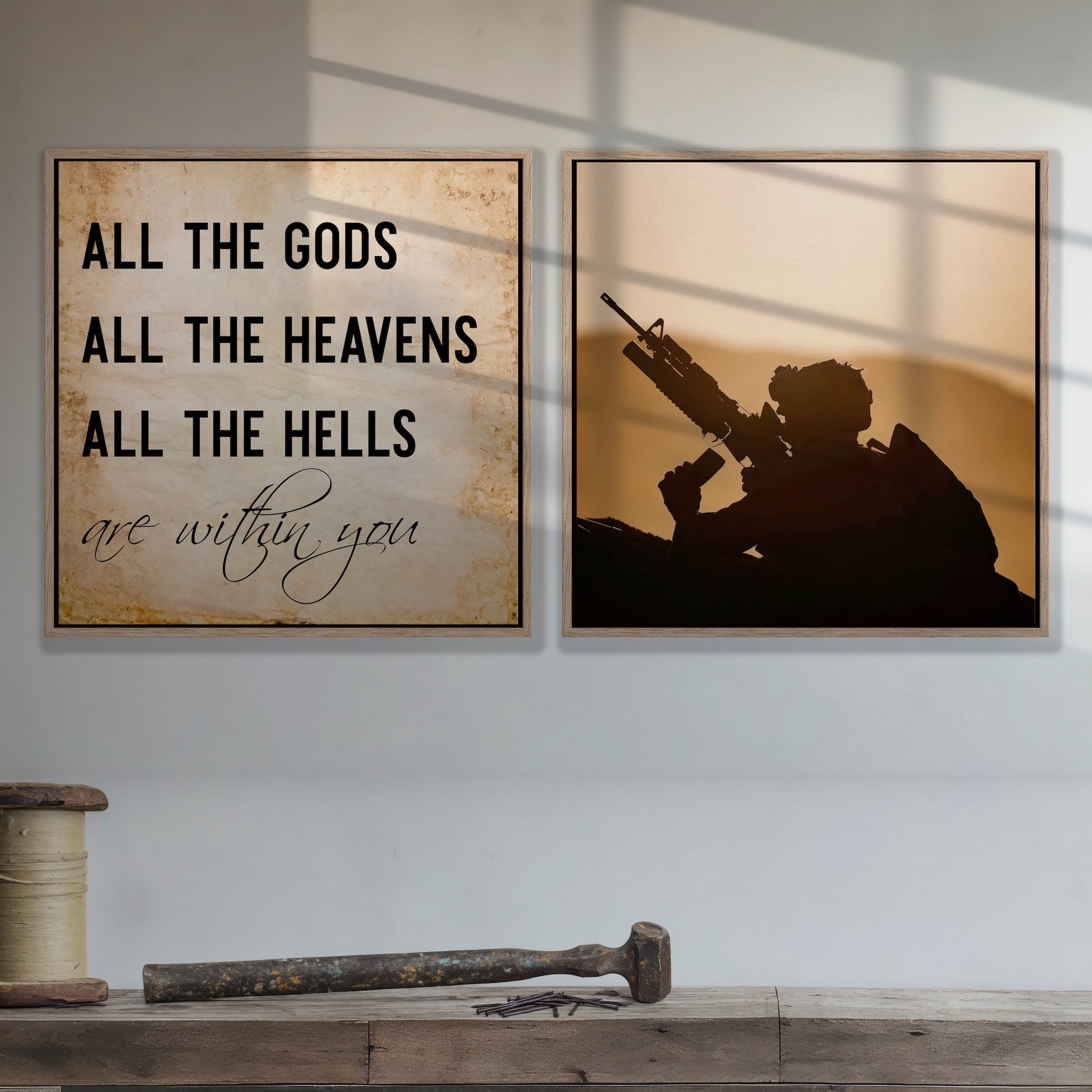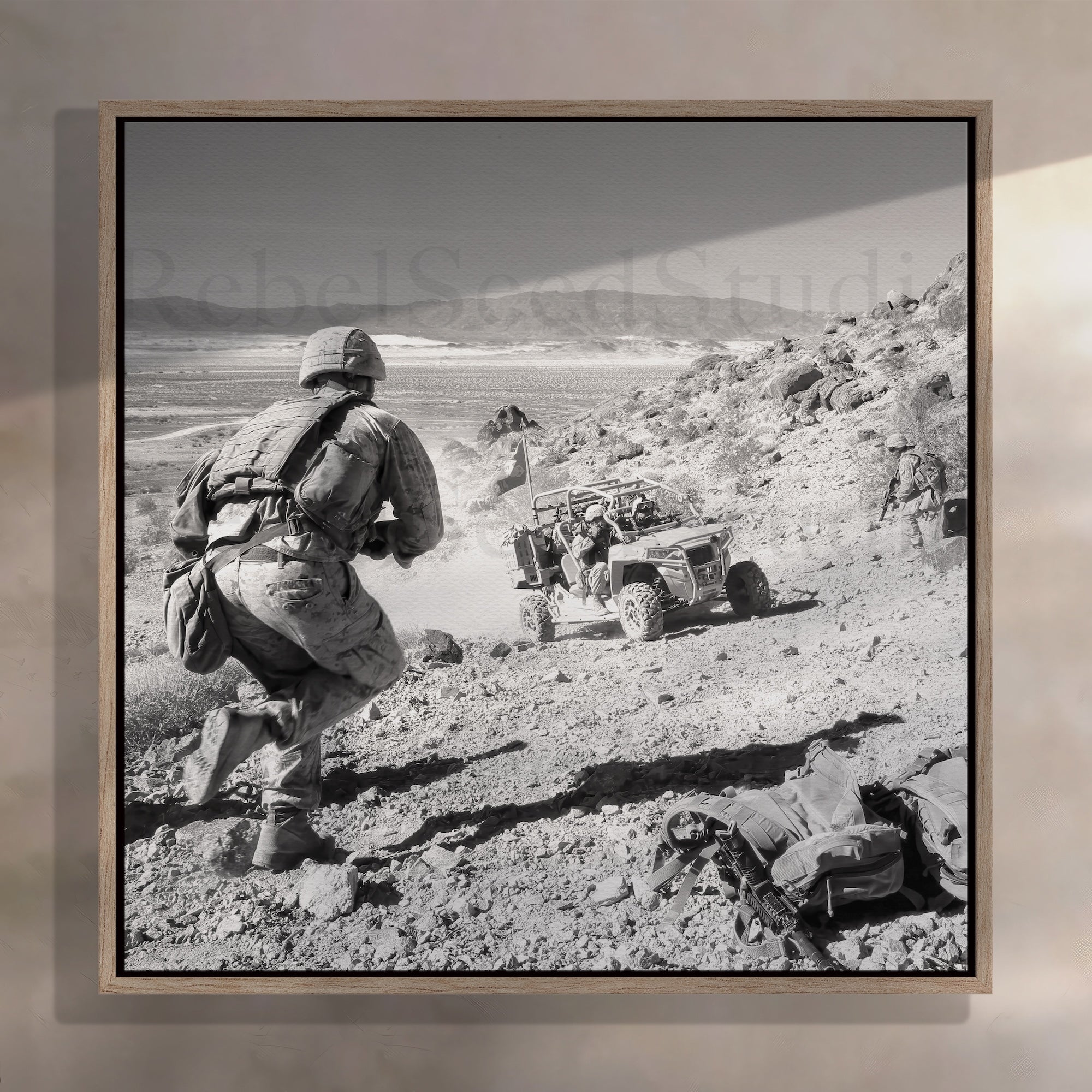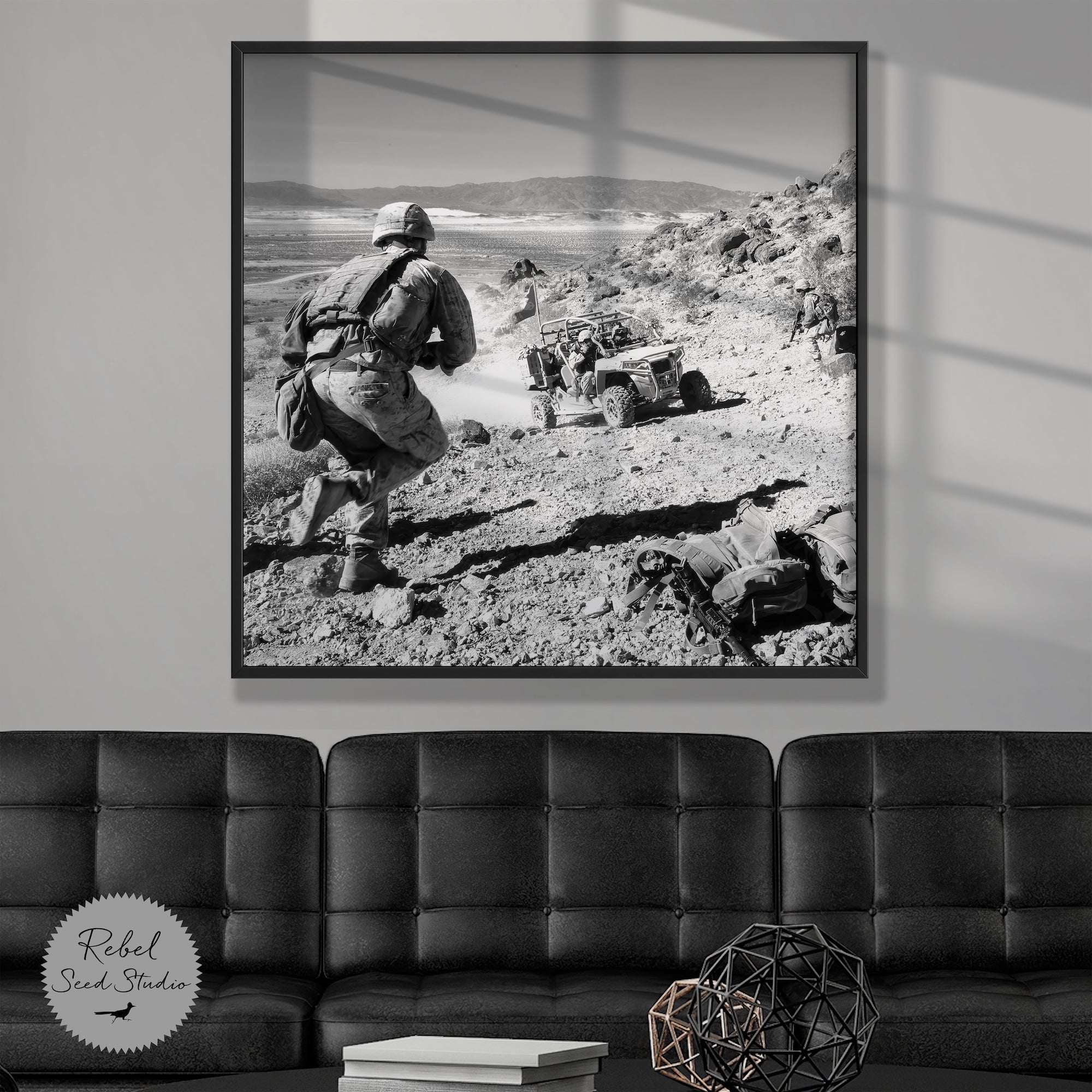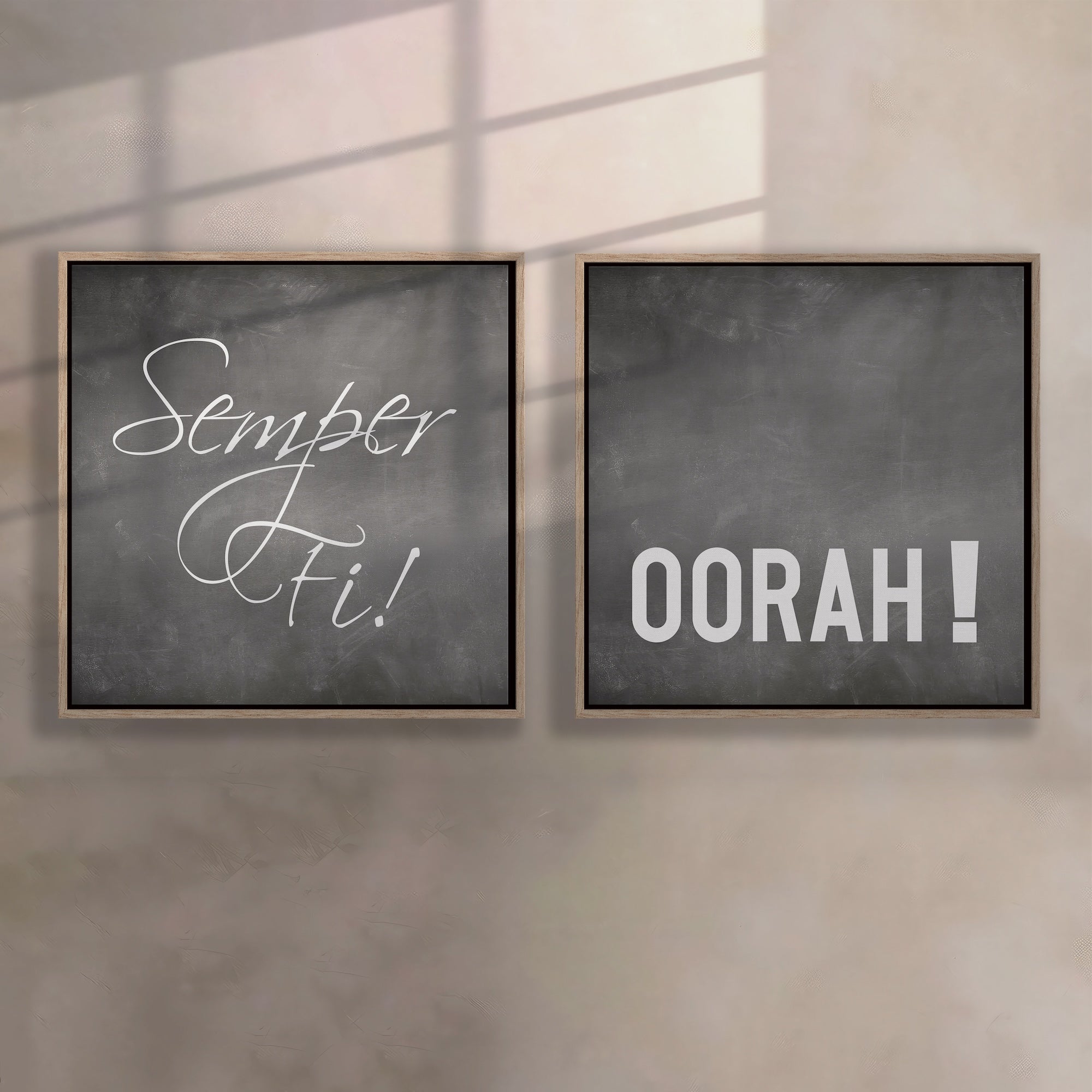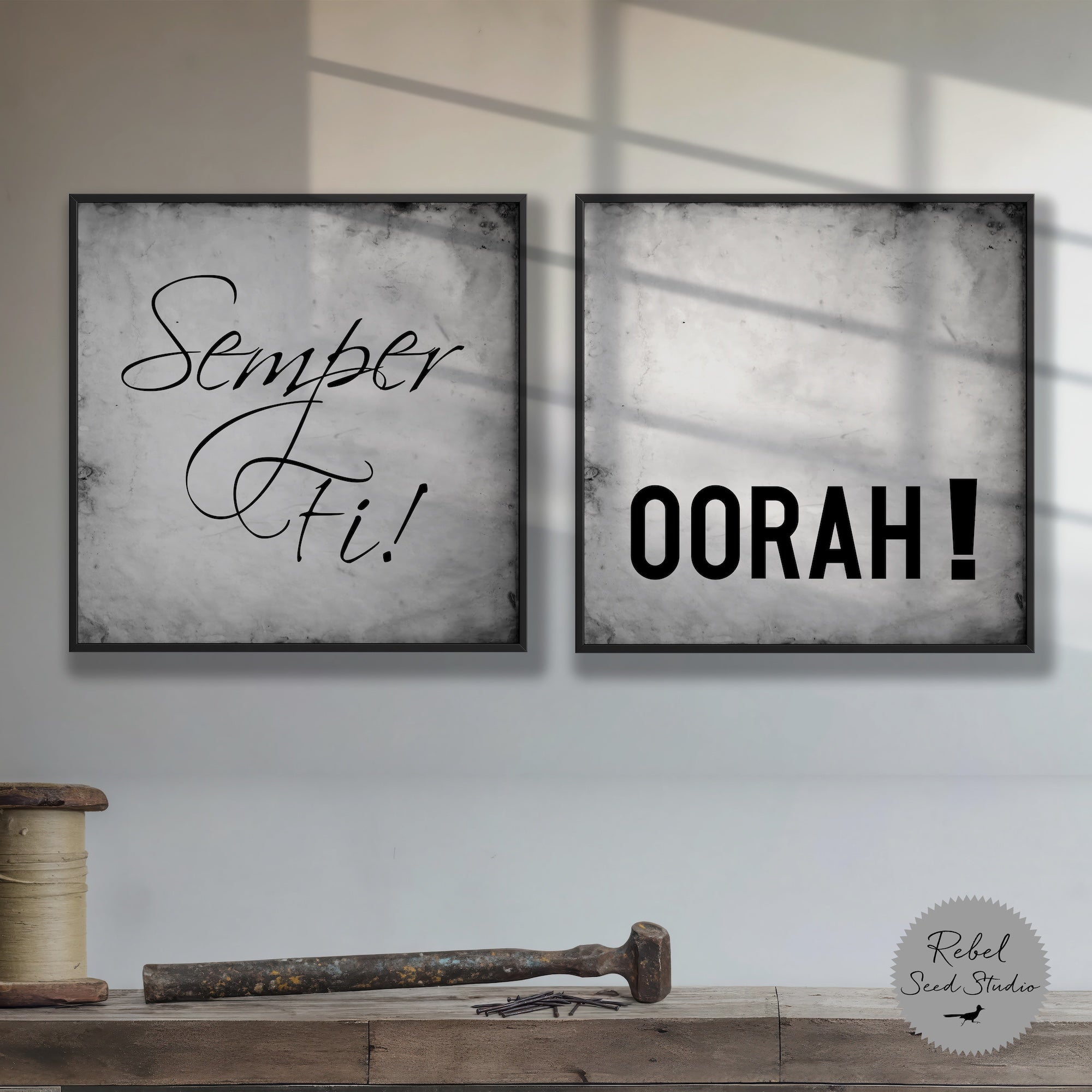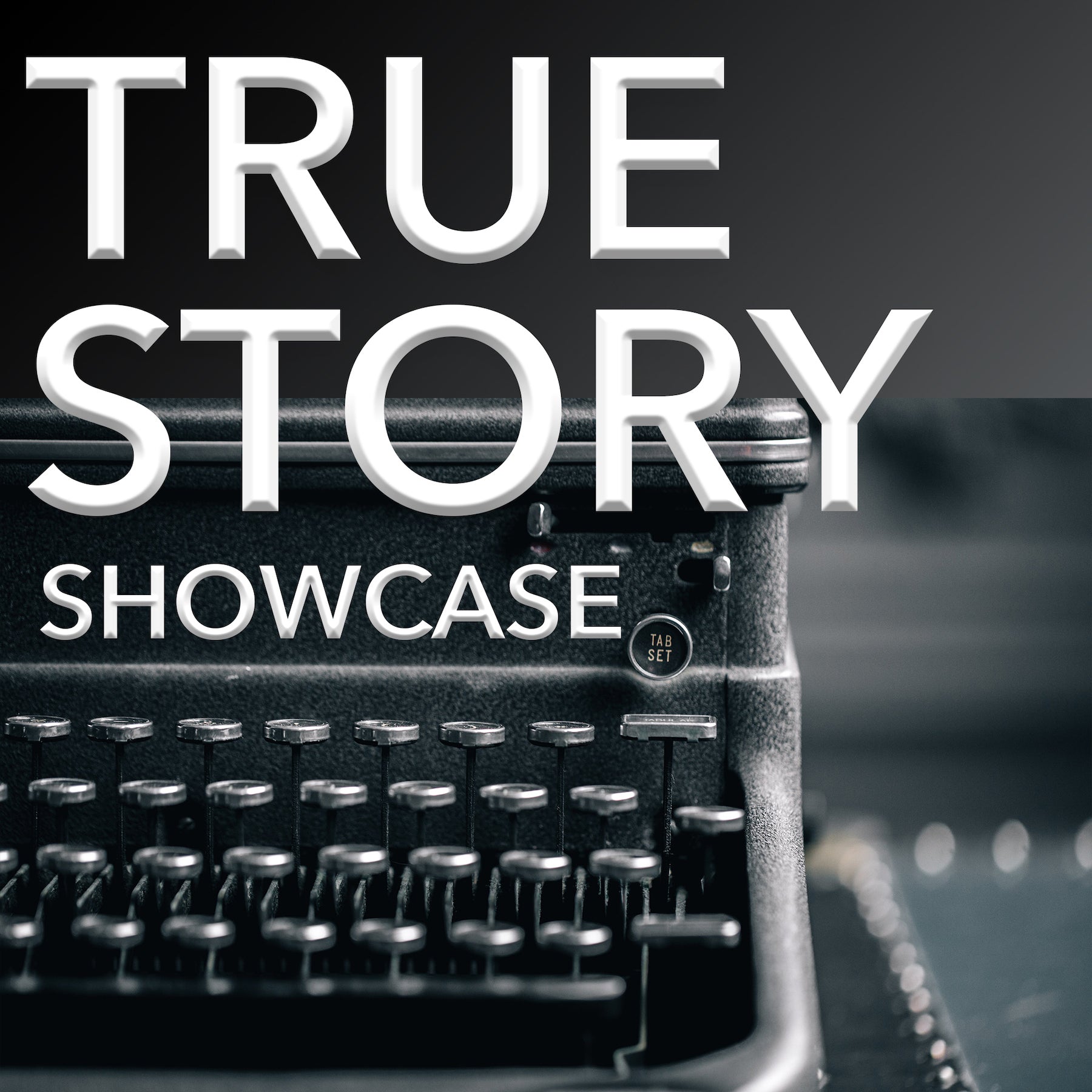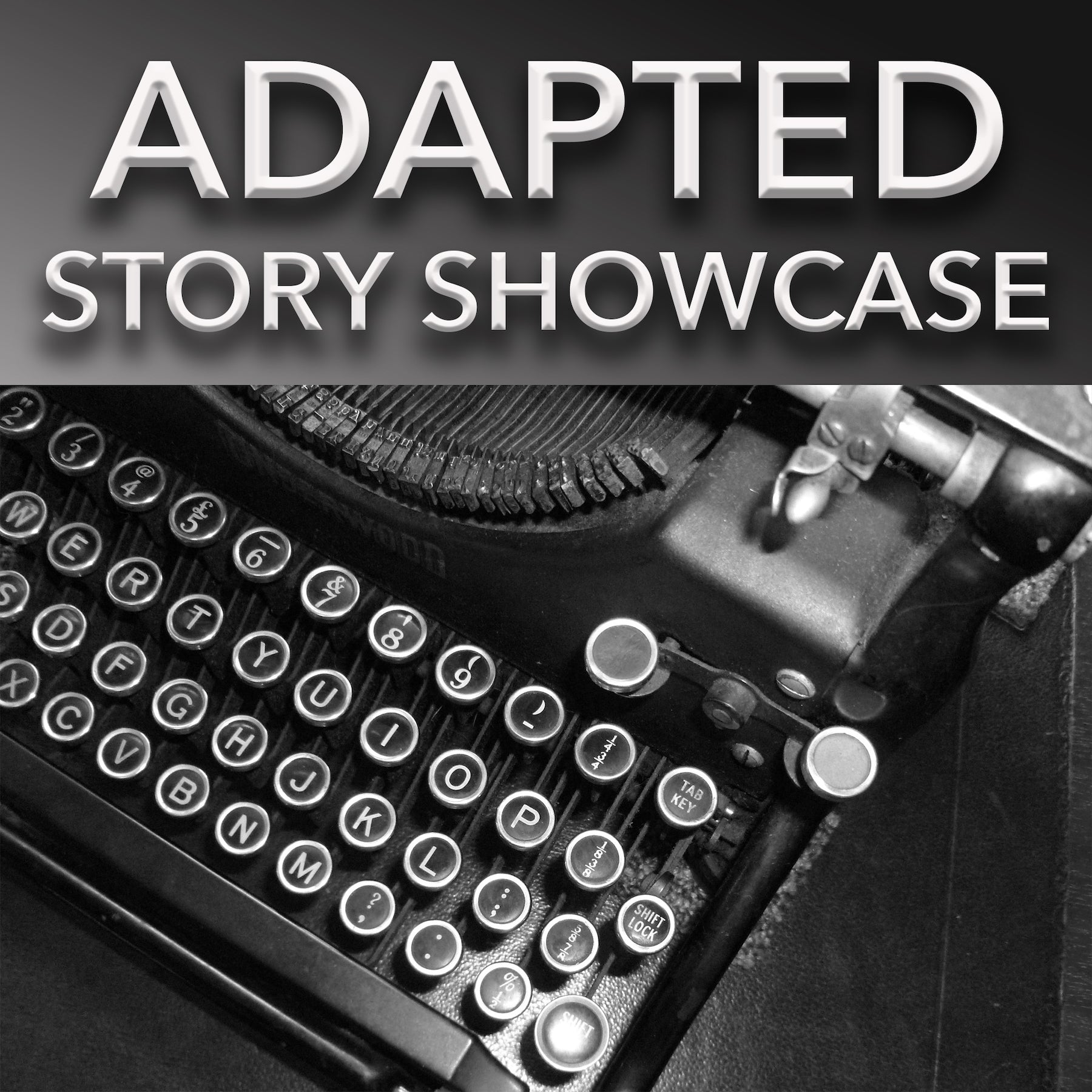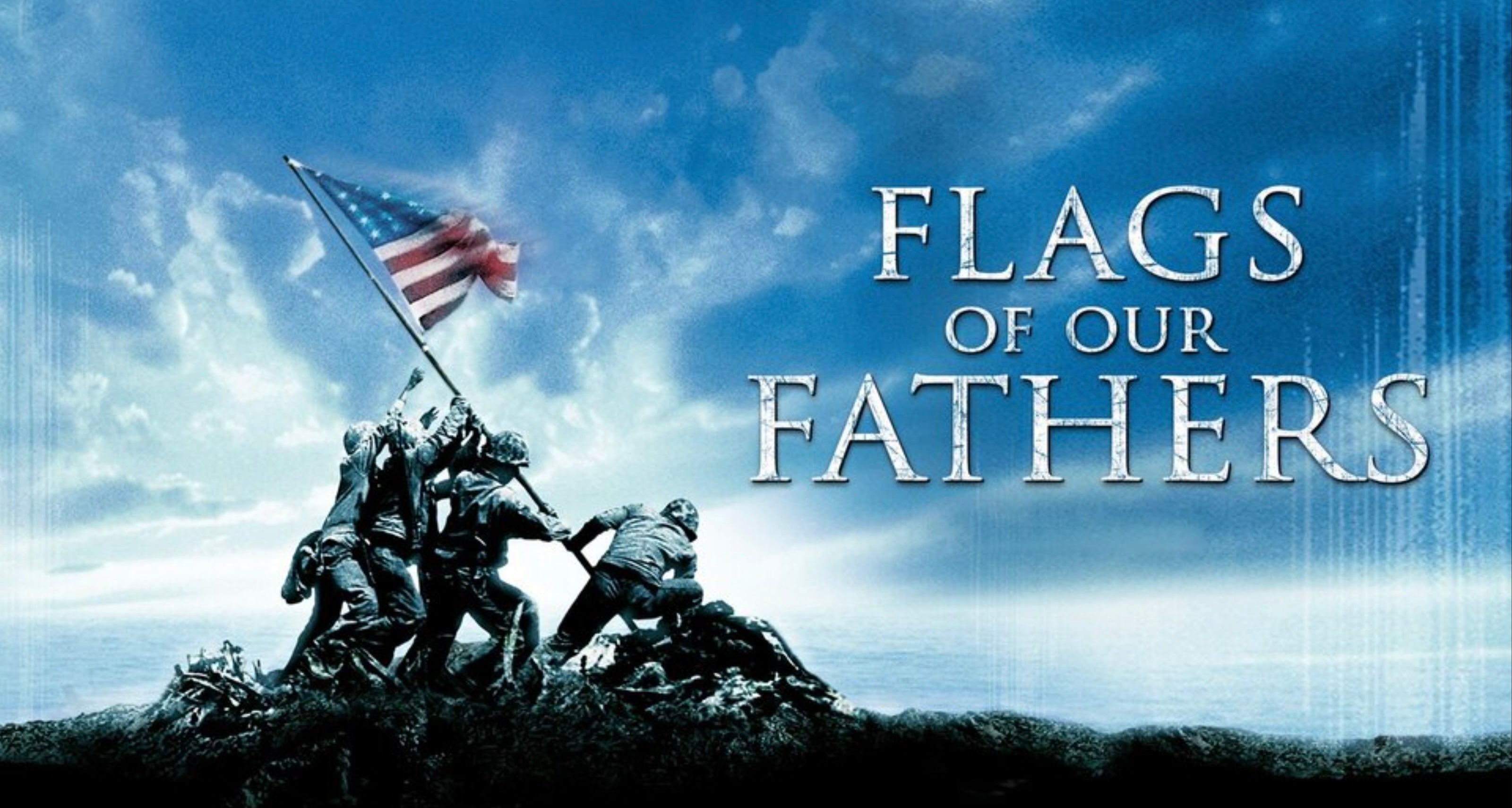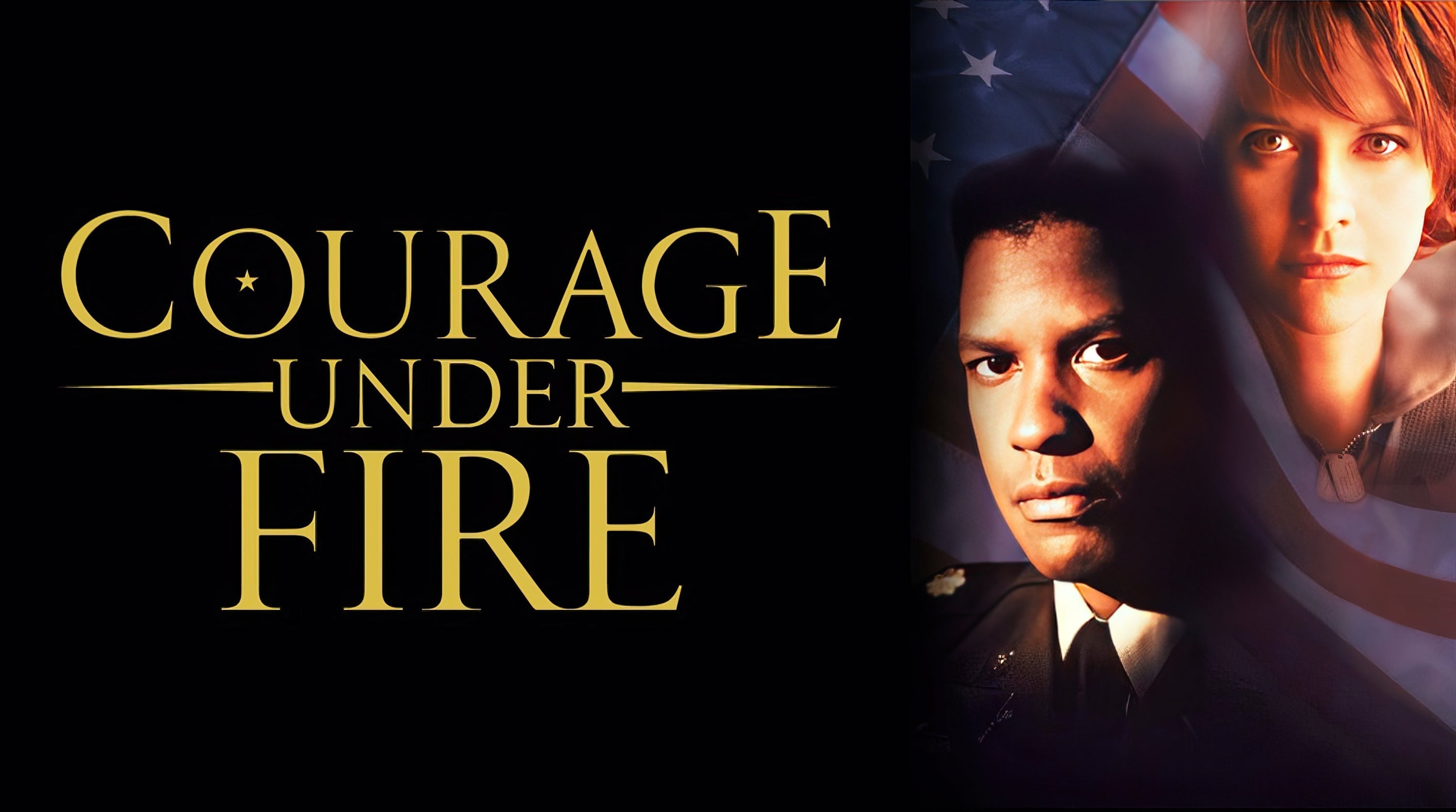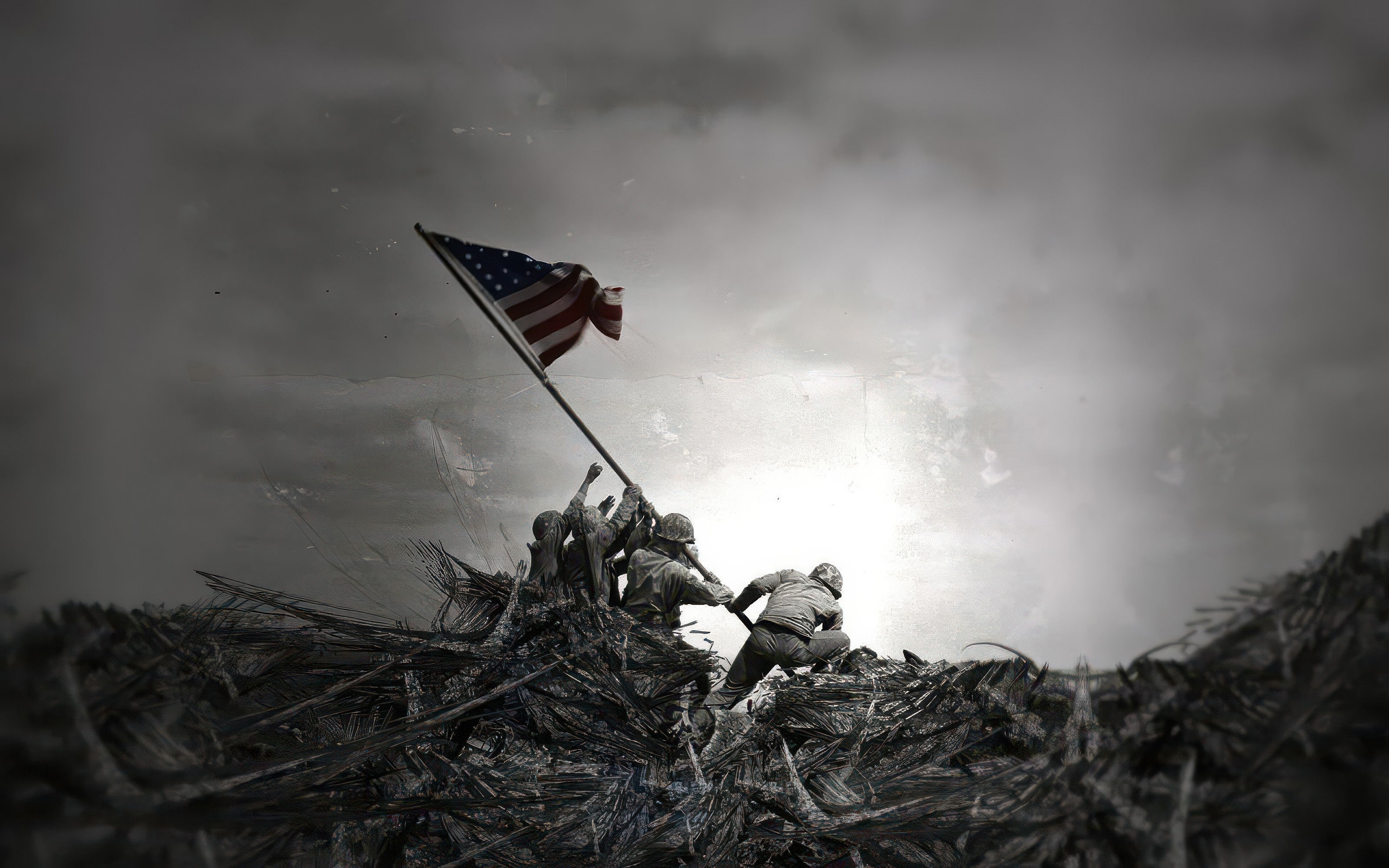
Flags of Our Fathers (Book Notes)
Flags of Our Fathers is a powerful and emotionally resonant nonfiction book by James Bradley, co-written with Ron Powers, that recounts the stories of the six U.S. Marines and Navy corpsman who raised the American flag atop Mount Suribachi during the Battle of Iwo Jima in World War II - a moment immortalized in one of the most iconic photographs in American history. More than just a history of a single battle, the book delves into the lives, motivations, traumas, and legacies of the men involved, particularly through the lens of James Bradley’s father, John “Doc” Bradley, one of the flag raisers.
The book is divided into three parts and combines rigorous historical research with deeply personal storytelling to trace the journey of the flag raisers from their humble upbringings through the hell of Iwo Jima and into the complicated aftermath of fame and postwar life.
Part One: "All American Boys" introduces the six men who became national heroes:
- John “Doc” Bradley – a Navy corpsman from Wisconsin and the author’s father.
- Franklin Sousley – a young Marine from Kentucky.
- Harlon Block – a Texan and former high school football star.
- Michael Strank – a Czech immigrant and sergeant from Pennsylvania.
- Rene Gagnon – a Marine from New Hampshire.
- Ira Hayes – a Native American Pima from Arizona.
Bradley details their diverse backgrounds, emphasizing that these were ordinary young men from small towns, who became involved in something far larger than themselves.
Part Two: "Flags of Our Fathers" is the heart of the book, focusing on the Battle of Iwo Jima - one of the bloodiest and most brutal campaigns of World War II. Bradley graphically describes the chaos, terror, and carnage of the fighting, highlighting the relentless combat and the incredible bravery and endurance of the U.S. forces.
The flag raising occurred on February 23, 1945, on the fifth day of the 36-day battle. There were actually two flag raisings: the first was less photographed, while the second - intended to replace the original flag with a larger, more visible one - was captured by Associated Press photographer Joe Rosenthal, resulting in the iconic image.
Unbeknownst to the men involved, the photograph would become a symbol of American valor and victory. However, three of the six flag raisers - Strank, Block, and Sousley - were killed in the subsequent fighting on Iwo Jima. The surviving three - Bradley, Hayes, and Gagnon - were brought back to the U.S. for a nationwide war bond tour, becoming unwilling celebrities.
Part Three: "A Bond Unlike Any Other", the book's final section, explores the impact of the photograph and the war on the survivors. Bradley examines how fame affected each man:
- John Bradley remained humble and deeply private about his experience, rarely speaking about Iwo Jima or the flag raising, even to his children.
- Ira Hayes struggled profoundly with survivor’s guilt, racial discrimination, and alcoholism, eventually dying young and tragically.
- Rene Gagnon tried to capitalize on his fame but ultimately led a relatively obscure life, frustrated by missed opportunities.
James Bradley investigates his father's reluctance to embrace the hero label, uncovering through letters, interviews, and military records the depth of trauma and the burden of memory that haunted the flag raisers. The book ends as a tribute not just to the six men, but to the thousands who fought and died in the Pacific theater.
BOOK NOTES:
- The book explores how a single photograph shaped a national narrative of heroism, often overlooking the complexity and cost behind the image. The mythic power of the flag raising contrasts with the brutal and chaotic reality of war.
- Bradley does not shy away from the horrors of Iwo Jima - describing it as a meat grinder of death and suffering. He emphasizes the trauma, both physical and psychological, that many veterans endured.
- The six men are portrayed not as superheroes, but as ordinary individuals who answered the call of duty. Their courage lay in doing their jobs despite fear, exhaustion, and the loss of friends.
- Particularly in the stories of Hayes and Gagnon, Bradley illustrates the difficulty of reconciling wartime experiences with peacetime life, and the burden of being cast as a symbol rather than a human being.
Bradley’s writing combines journalistic rigor with emotional depth. As the son of one of the flag raisers, his personal connection to the material lends the narrative a sense of authenticity and reverence. The book was widely acclaimed for humanizing history and became a New York Times bestseller. It was later adapted into a 2006 film directed by Clint Eastwood.
SUMMARY: Flags of Our Fathers is a profound, sobering, and deeply respectful tribute to the men who fought at Iwo Jima and to the reality behind one of the most enduring images in American history. James Bradley succeeds in peeling away the layers of myth to reveal the fragile, haunted, and heroic men beneath. The book is essential reading for anyone interested in World War II, military history, or the complex ways in which we remember and mythologize the past.
Get the Book: Digital Book (Apple Books) | Audiobook (Apple Books)
Get the Movie: Digital Film (AppleTV)


